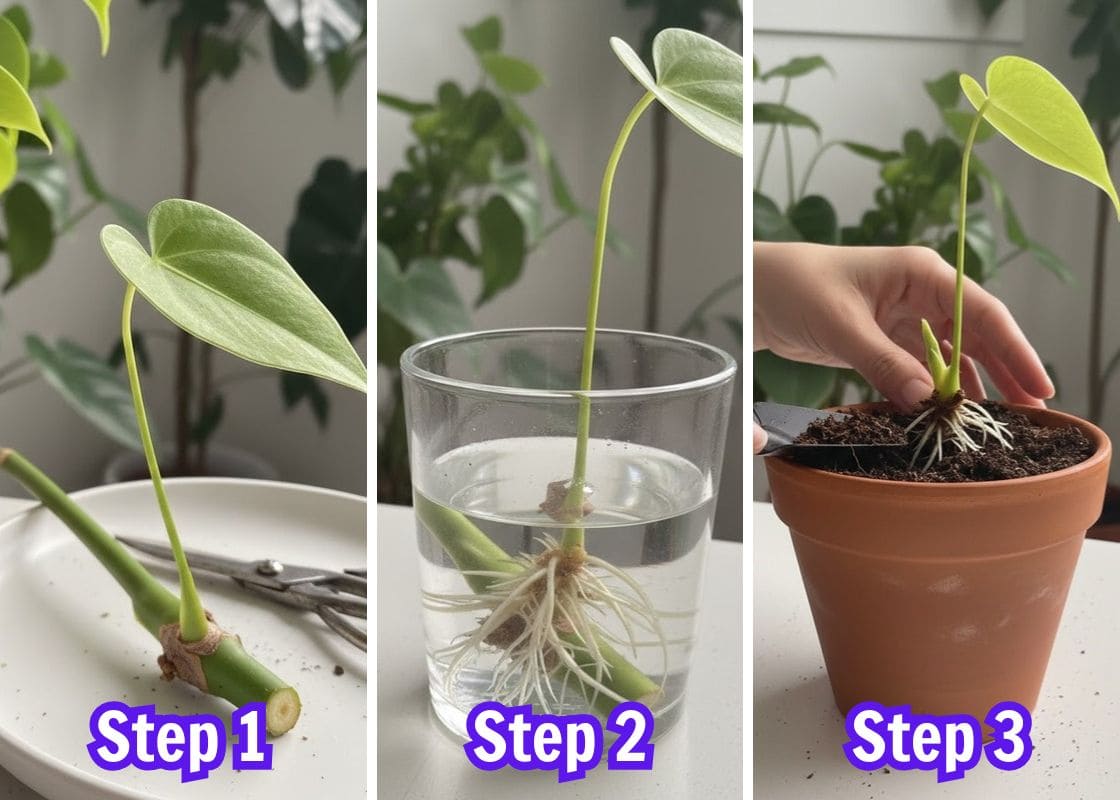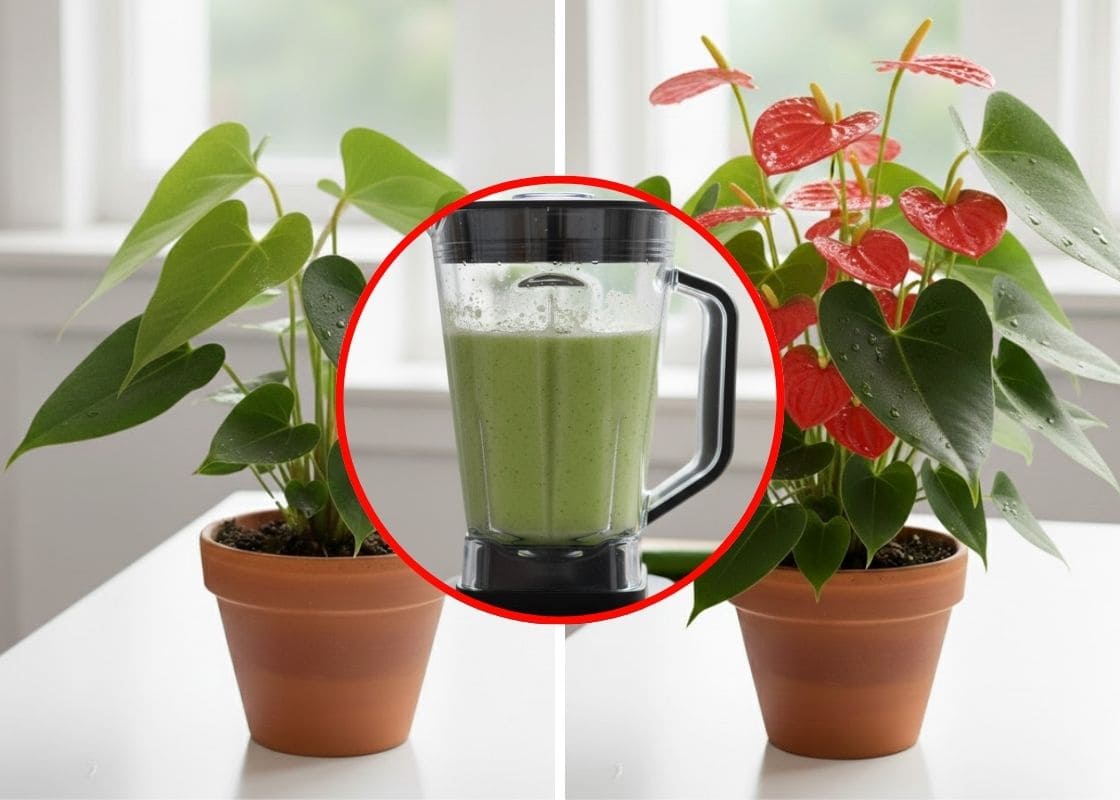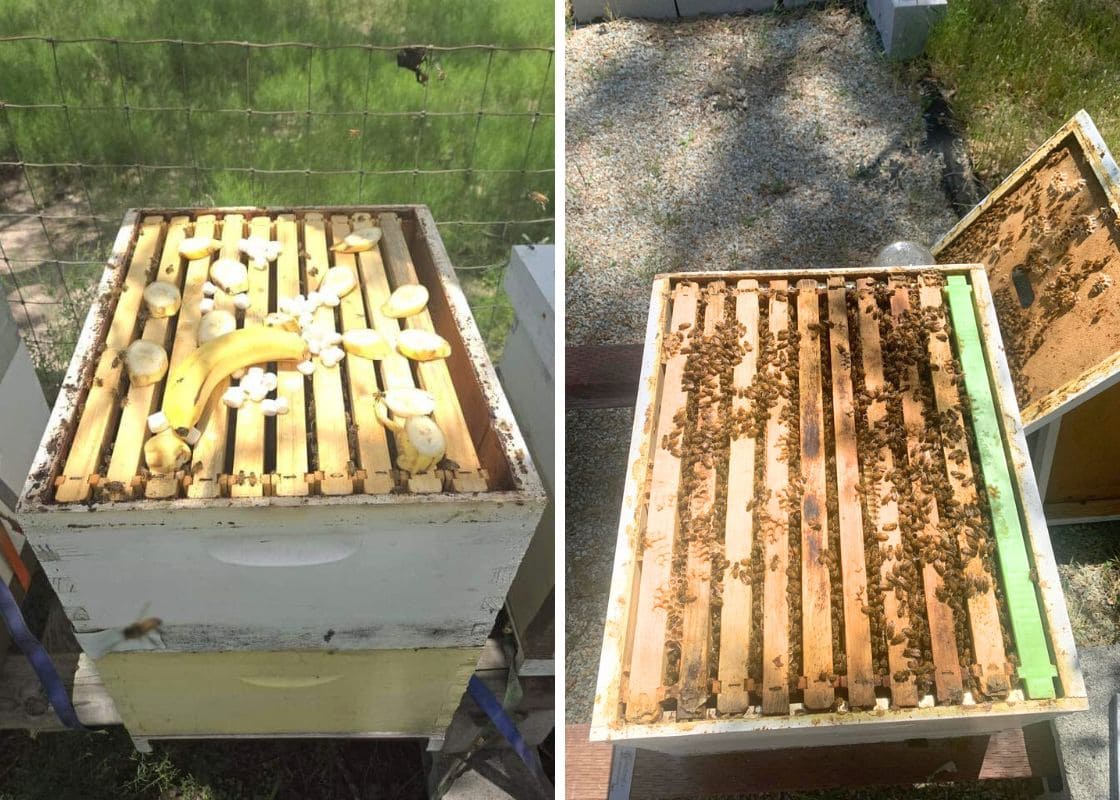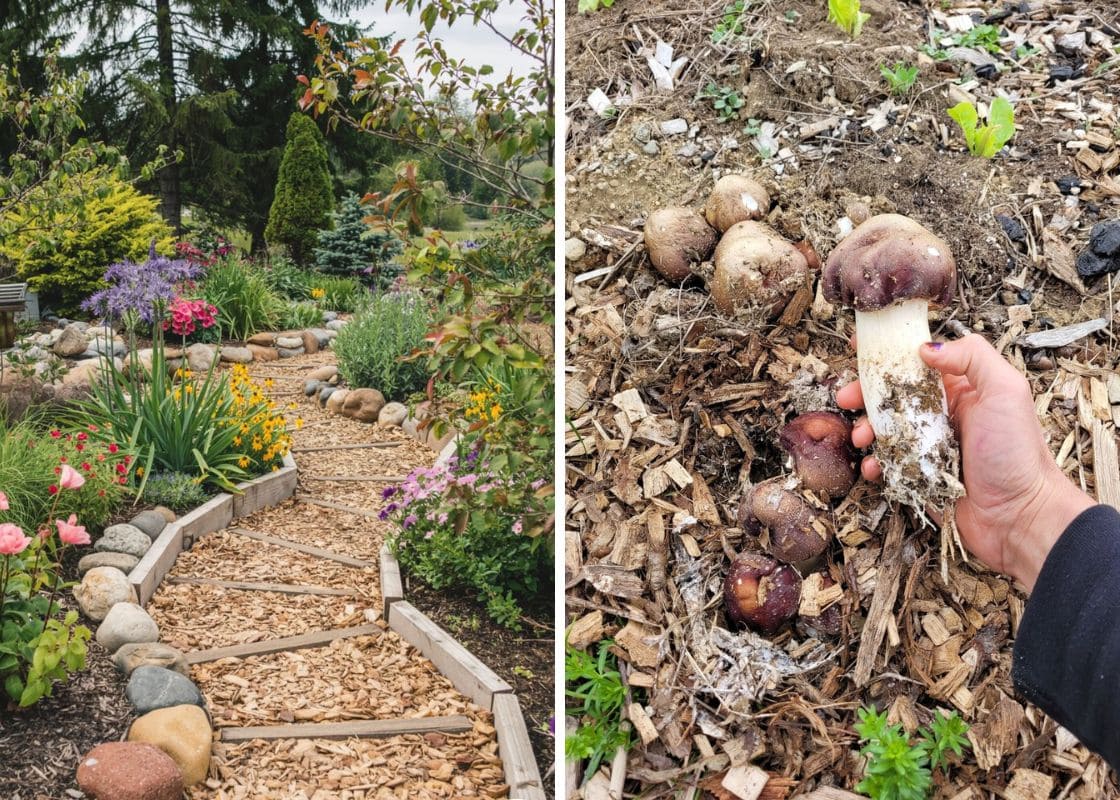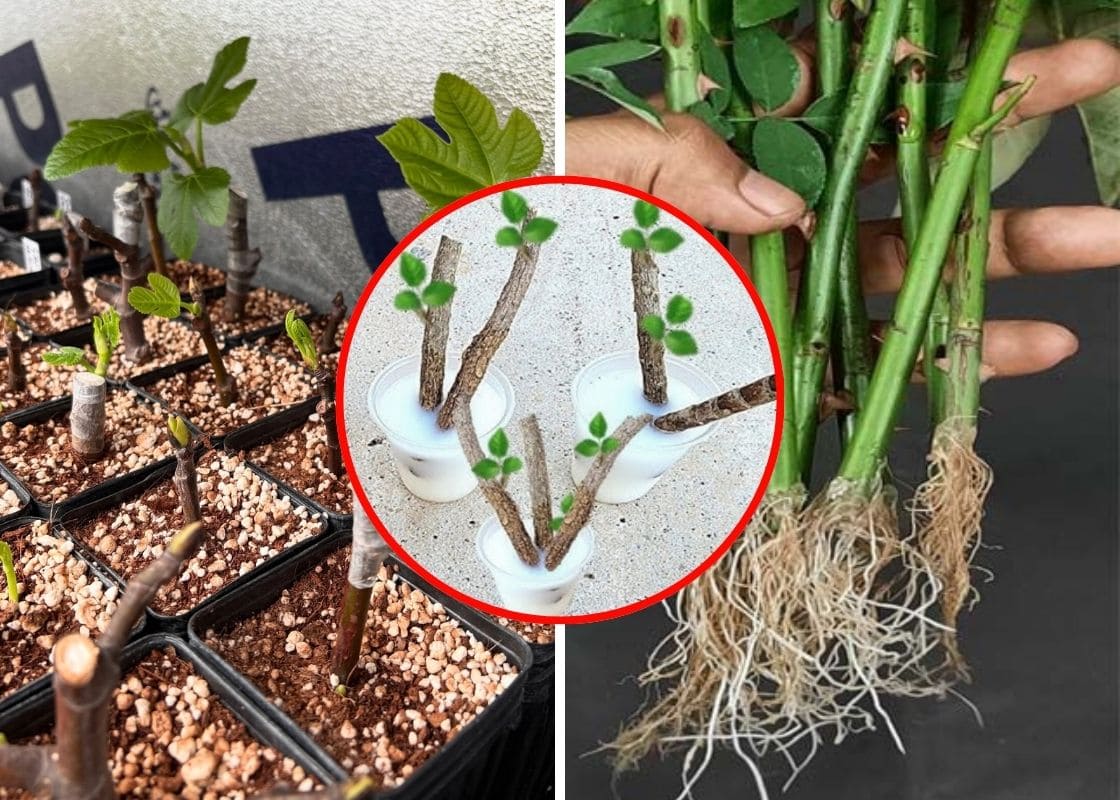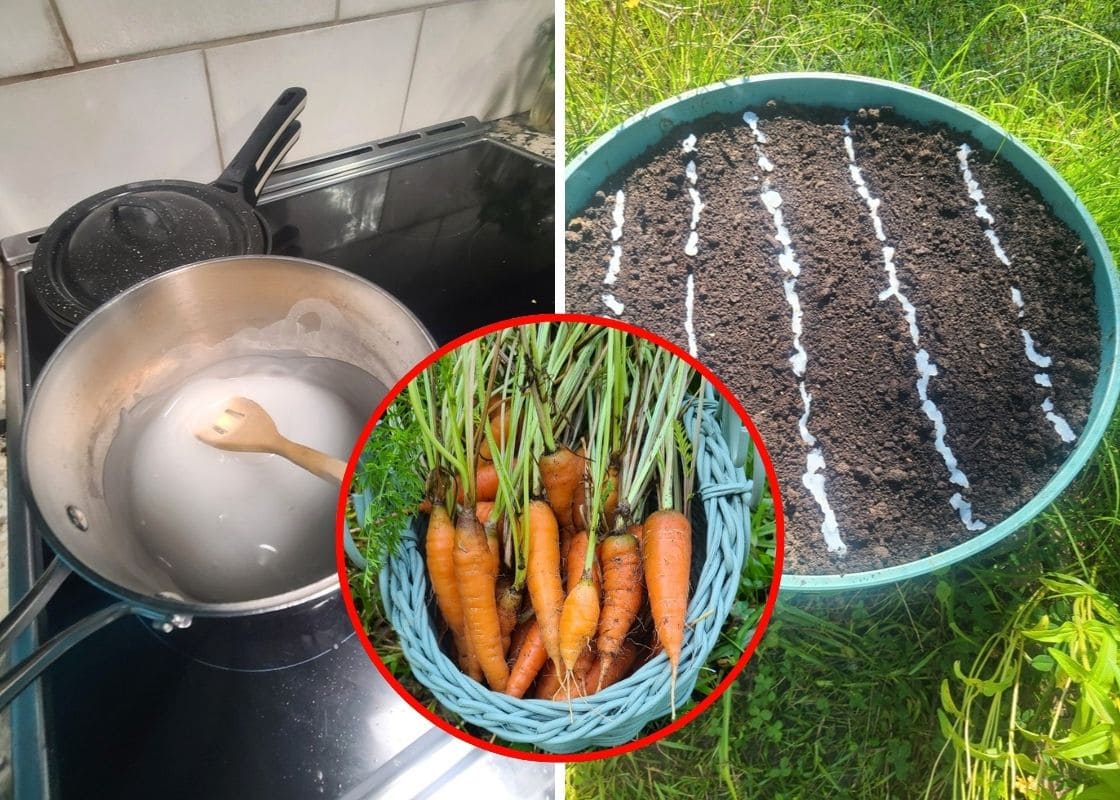Spring is the time for renovation and the second nascence when gardens awake from their winter sleep and burst into life.
Yet there is a kind of magic in the air as the first buds push their way up through the soil, to promise a full array of colors and fragrances.
Spring, for me, is a symphony of sights and smells that never fail to rouse my spirit back to life after the cold winter in New Hampshire.
One of my favorite spring rituals is an early morning walk through the garden with a cup of steaming coffee.
Cold, fresh air, smelling of fresh soil and sprouting flowers, is reminiscent of so many other springs when I have spent time out in the garden.
Every year there is a new challenge and it has new rewards, but to see it blossom through one more time, it is just a great thing.
I remember the spring when my little boy decided he was going to plant his very first vegetable garden. I remembered the sparkle in his eyes, how he learned the miracle of seeds and how they could make plants.
Spring means not just preparing the soil for seeds to go in but connecting with nature, building memories, and sharing the pleasure of gardening with your loved ones.
Let’s get this spring gardening checklist underway and move forward with another year of growth and discovery—side by side.
Gardening Clean-up and General Preparation
Remove Winter Debris: Remove any remaining mulch, fallen leaves, and dead plant material from over the winter. This helps avoid pests and diseases and gives new plants a clean environment to grow in.
Personally, I save some of the leaves that fall to the ground for the compost bin, which decays quite beautifully, enriching the soil to be used for planting in the future.
Trimming and Pruning: The best time to trim shrubs and trees is in early spring. Remove any dead or broken branches to allow new healthy growth. Overgrown
perennials also should be pruned; this, too, will help clean up the garden beds.
Weed Control: Pre-emptively strike now, on weeds. It will keep them from overtaking your gardens with the first warm spell. Use a hoe or a hand trowel and pull weeds by the roots.
Soil Preparation
The base of any good, healthy garden is good, rich soil. Here’s how to prepare it for spring planting:
Soil Testing: Test your soil to know its pH and nutrient levels. Buy a soil testing kit or send a sample to a local extension office. This will give you an idea of the amendments that your soil might need.
Amend the Soil: Make any recommendation for soil amendment that would help balance the nutrient levels of your soil. Such may include compost, manure, or specific fertilizers. Work them in to improve the structure and fertility of your soil.
Personal Experience: I layer on lots of my own homemade compost each spring. It enriches the soil and gives me this great sense of doing something worthwhile for the well-being of my garden.
Aerate the soil: Soil aeration helps allow a good drainage system for the plant and provides ease for its roots to penetrate. A simple way to relieve compacted soil is to use a garden fork or special aerator.
Planning and Planting
You may start planting now because you have already cleaned the garden and prepared the soil.
Plan the layout of your garden: what you’ll grow and where. Further, plan crop rotation and companion planting to optimize the use of space and reduce pests. Make a diagram of the layout of garden beds so you can keep everything organized.
START SEEDS INDOORS: Get an early start on the growing season by starting seeds indoors. Use seed trays and a good quality seed-starting mix. Keep them in a warm, sunny spot and transplant them outside after all chances of frost have passed.
A Note of Encouragement: Starting Seeds Indoors This can be quite rewarding. Those first little green shoots remind one of the new life that spring brings.
Direct Seed: Some seeds can be sown directly into the garden. These include peas, radishes and lettuces, all of which may be planted as early spring crops. All planting information on the seed package should be followed for optimal performance.
Plant perennials and bulbs. Spring is a great time for planting new perennials and bulbs; they will all have the summer to establish those roots before summer starts to get hot. Just make sure they’re well watered afterward.
Easy Gardening Tasks for Spring
Keep Your Garden Growing Strong with These Essential Chores:
Fertilize: Once the plants are in the ground, give them a boost with balanced fertilizers that will provide the nutrients they need.
Mulch: Surround your plants with some mulch. Mulch conserves moisture, suppresses weeds, and moderates soil temperatures. Straw or wood chip mulch works well.
Pro Tip: I also use shredded leaves as mulch. It is a great way to recycle garden waste, while at the same time enriching your soil.
Irrigation: Monitor the weather and water the plants. Newly sown seeds and transplants are yet to set their roots and hence require watering for the soil to be moist. Observe overwatering to prevent root rot.
Taking Care of Your Garden
Then there will be a need for regular maintenance as your garden really begins to take off:
Regular weeding: Ensure you out-compete the weeds so they are not competing with your plants for food and water. A short session of weeding once a week can make a big difference.
Pest control: Always be on the lookout for pests within the garden and act as appropriate. The use of organic methods, such as handpicking, insecticidal soap, or biological control with beneficial insects, will keep pest populations under control.
Reassuring Thought: Pests are a nuisance, but remember with every one you defeat, you are becoming more and more experienced as a gardener. Plant
supports: the staking, trellising, or caging of tall flowers and climbing plants provides an important support, keeping them standing straight and safe in case of strong winds and heavy rain.
Rather than dreading the task
Gardening is not just about the fruit of the labor; it is all about enjoying the labor.
Observe: Stay observant in your garden and take the time to observe what is happening out there. New shoots, flowers, and wildlife will come in to visit. This, in reality, is one treat of a way to stay attached to nature.
Share your garden: Open your garden to people for them to just come in and enjoy. It’s very fulfilling to share spaces and knowledge, and this has been a great way to inspire others into beginning their own gardening journeys.
Personal Experience: Some of my best experiences came from sharing a few gardening tips and some fresh produce with my friends and neighbors. It just creates a really special sense of community.
CONCLUSION
Spring is a time filled with hope and renewal, as is your garden. By following this checklist, we can assure a productive and beautiful growing season.
Embrace the tasks, enjoy the process, and look forward to the vibrant blooms and bountiful harvests that wait. Happy gardening in the spring!
Q&A: Gardening in Spring
Q: So, tell me, when do I start to plant in the spring
A: The best time to begin planting depends on your local climate. In general, you want to wait until after your last frost date has passed and the soil has warmed up.
Q: How can I tell if my soil needs amending?
A: This is because soil testing will give you information about the pH and nutrients in the soil, and through the findings, you can add compost, fertilizers, or other amendments to enhance the health of the soil.
Q: What are some simple vegetables to start with for a new gardener this spring?
A: The great beginning plants are lettuce, radish, pea, and spinach. They are easy to grow and do very well in the cooler temperatures of early spring.
Please definitely feel free to chime in with any more questions or to share your own spring gardening experiences. Here’s to a wonderful and blooming spring!

